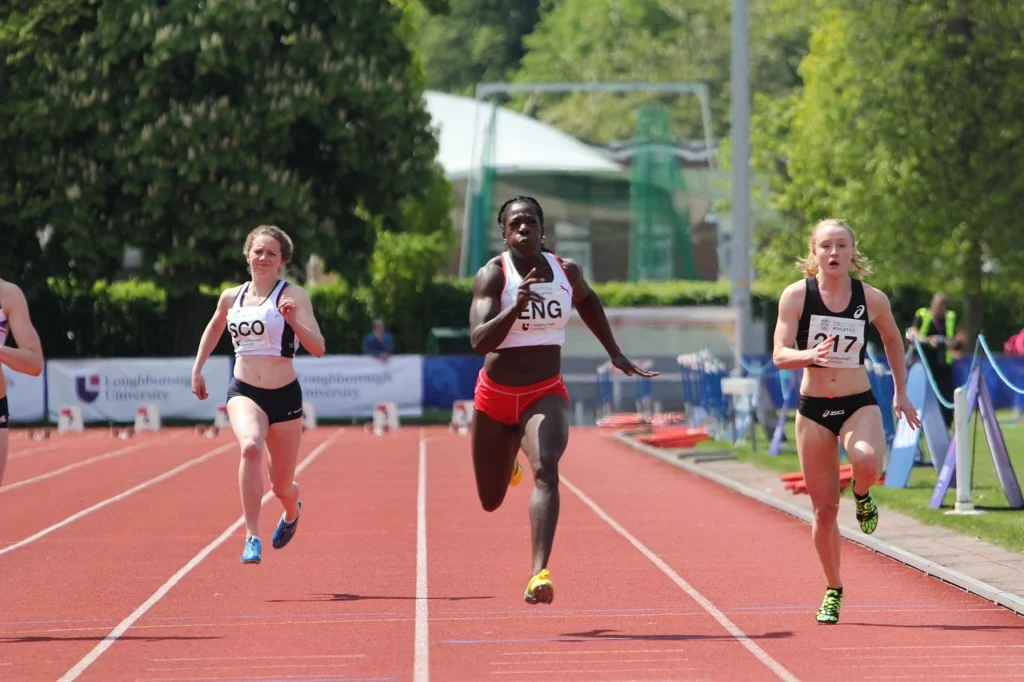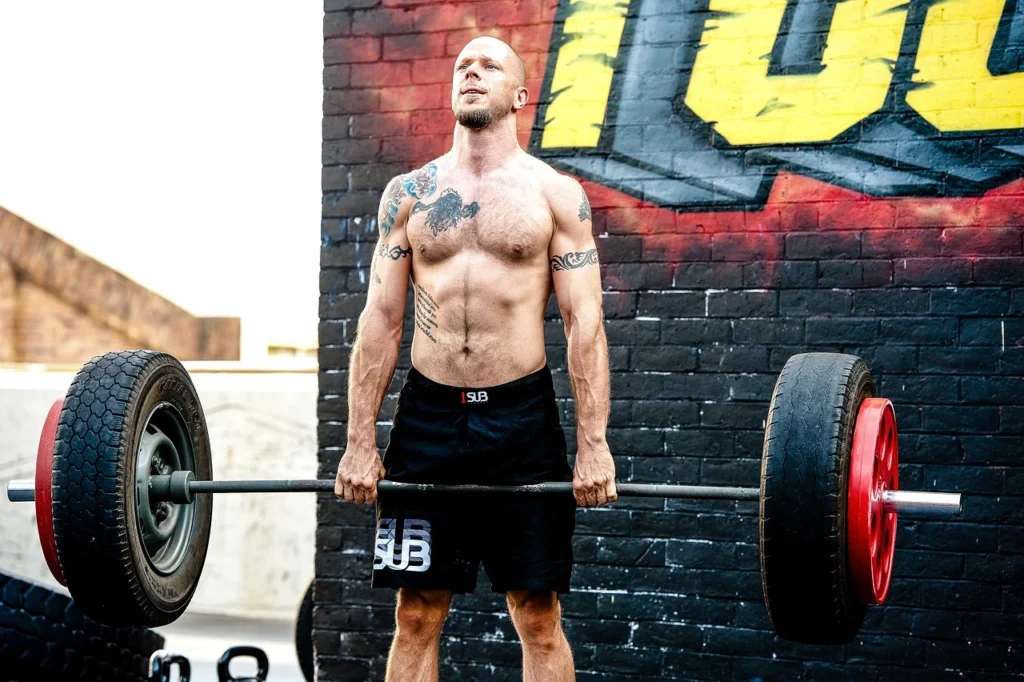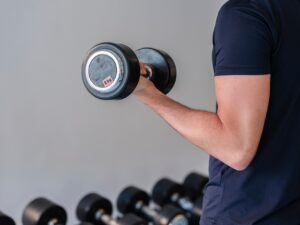Introduction
Running faster isn’t something that happens instantly—it requires consistent effort, proper technique, mental focus, and the right recovery routine. Whether you’re aiming to set a new personal record or simply want to enjoy the feeling of the wind in your face during your daily runs, knowing how to run faster can significantly boost your overall fitness. In this guide, we’ll explore the key strategies and techniques to help you improve your speed, run smarter, and stay injury-free along the way.
Table of Contents
Understanding Speed in Running

What Affects Your Running Speed?
Several factors influence how fast you can run. While some people are naturally faster due to genetics, anyone can improve their speed by working on the following elements:
Muscle Strength
Your leg muscles are the driving force behind every step you take when running. Key muscles like the quadriceps (front of your thighs), hamstrings (back of your thighs), and calves (lower legs) play crucial roles in propelling your body forward. When these muscles are strong, they generate more power, which allows you to push off the ground with greater force, covering more distance with each stride. This increased power directly translates to faster running speeds.
Running Form
Your running form can greatly impact your speed and efficiency. The way you move your arms, position your feet, and hold your torso all contribute to how efficiently you run. Learning how to run faster with proper form ensures that your energy is used effectively, helping you maintain speed while reducing fatigue and the risk of injury.
Endurance and Stamina
Speed isn’t just about quick bursts; it’s about sustaining that speed over extended periods, which requires a combination of endurance and stamina. Endurance refers to your body’s ability to perform over long durations without fatigue, while stamina is the capacity to sustain both mental and physical effort. Research shows that increasing your aerobic capacity through long-distance running and interval training can enhance your body’s ability to use oxygen more efficiently, which is key to maintaining higher speeds over time
Types of Speed: Sprinting vs Long-Distance Running
Sprinting requires explosive bursts of speed over short distances, while long-distance running focuses on maintaining a steady, fast pace over a longer period. Both require different training approaches but share common fundamentals like strength and form.
Developing a Strong Foundation
Importance of Strength Training
Strength training is essential for improving athletic performance, especially in running. By targeting muscle strength in the legs and core, athletes can build a solid foundation that boosts speed and reduces injury risk. For those wondering how to run faster, research shows that strength training plays a key role in enhancing running speed. One study found that functional strength training significantly improves sprinter performance by increasing propulsion and efficiency during sprints. Additionally, this type of training helps prevent injuries, enabling athletes to train more effectively and consistently.
Building Leg Muscles
Stronger legs can generate more power, helping you push off the ground with more force in each stride. Exercises like squats and lunges target the major leg muscles you use when running.
Core Strength for Better Stability
A strong core stabilizes your body, keeping you balanced and efficient as you run. This reduces wasted energy and keeps you moving forward smoothly.
Best Strength Exercises for Speed
Squats

Squats are one of the best exercises for building leg strength. Whether you’re doing bodyweight squats or adding resistance with weights, this movement targets your quads, hamstrings, and glutes.
Deadlifts

Deadlifts are another fantastic exercise to develop strength in your hamstrings and lower back, helping with your running form and explosiveness.
Lunges

Lunges work the entire lower body and also engage your core, improving your balance and coordination while building strength.
Perfecting Your Running Form
Foot Placement and Stride Length
Where your foot strikes the ground during each stride significantly impacts your speed and efficiency. To run faster, focus on landing on your midfoot or forefoot instead of your heel. Additionally, strive for an optimal stride length that maintains a smooth-running motion without overextending.
Arm Movement
Knowing how to run faster with proper arm movement plays a big role in driving your speed. Keep your arms at a 90-degree angle, swinging them forward and backward in a straight line to help propel your body forward.
Posture for Maximum Speed
Keep your posture tall with a slight forward lean from your ankles, not your waist. This position helps you use gravity to your advantage, moving you forward more efficiently.
Improving Your Cardiovascular Endurance
Interval Training for Speed
High-Intensity Interval Training (HIIT)
HIIT is a popular method for improving both speed and endurance. By alternating between short bursts of intense running and periods of rest, you can train your body to recover quickly while pushing your speed limits.
Fartlek Runs
Fartlek, meaning “speed play” in Swedish, involves mixing up your pace during a run. This spontaneous speedwork helps your body adapt to different intensities, making you faster overall.
Benefits of Long-Distance Runs
How Endurance Boosts Speed
Building endurance through long-distance runs helps increase your aerobic capacity. The better your aerobic base, the longer you can maintain faster speeds.
Enhancing Flexibility and Mobility
Stretching for Speed Gains
Flexible muscles move more efficiently, which can help you run faster. Incorporate dynamic stretches before your runs and static stretches afterward to increase your range of motion.
Mobility Exercises for Better Range of Motion
Mobility drills, like hip openers and ankle rotations, improve the range of motion in your joints, allowing for a more powerful and efficient stride.
The Importance of Recovery
Rest Days and Muscle Repair
Your muscles need time to repair and grow stronger. Incorporating rest days into your routine ensures you avoid burnout and overtraining, which can slow down your progress.
Using Active Recovery to Keep Moving
Active recovery, such as light jogging or swimming, helps keep your body moving without the strain of intense workouts, promoting faster muscle recovery.
Fueling Your Body for Speed
What to Eat Before Running
Just knowing how to run faster in not enough, nutrition plays a very important role as well. Carbohydrates are your body’s primary source of fuel for running. Eating complex carbs like oatmeal or whole grains before a run provides sustained energy.
Hydration for Peak Performance
Dehydration can slow you down significantly. Drink water throughout the day and consider electrolyte-rich beverages if you’re running for longer periods.
Supplements to Support Speed and Endurance
Supplements like creatine and beta-alanine can help improve muscle endurance and power, supporting faster running times. Incorporating these supplements into a well-rounded training regimen can be an effective strategy for those seeking how to run faster.
Setting Goals and Tracking Progress
SMART Goals for Speed Training
SMART goals (Specific, Measurable, Achievable, Relevant, Time-bound) help you set clear, actionable targets for improving your running speed.
Tracking Metrics: Speed, Distance, Time
Utilize running apps or a fitness tracker to keep track of your speed, distance, and time. This valuable data not only guides you on how to run faster but also helps you adjust your training regimen and stay motivated as you witness your improvements.
Mental Strategies to Run Faster
The Power of Visualization
Visualizing yourself running faster can enhance your actual performance when aiming to improve speed. Mentally rehearsing your runs helps build confidence and focus, which are crucial components of learning how to run faster.
Using Positive Affirmations
Repeating positive affirmations like “I am fast” or “I can do this” can give you the mental boost needed to push through tough runs.
Common Mistakes and How to Avoid Them
Overtraining
Pushing yourself too hard without proper rest can lead to injuries and burnout. Incorporate recovery days into your schedule to prevent overtraining.
Incorrect Footwear
Wearing the wrong shoes can negatively affect your speed and cause injuries. Invest in lightweight, supportive running shoes designed for speed.
Ignoring Recovery
Recovery is just as important as the training itself. Ignoring recovery can slow down your progress and increase the risk of injury.
Running Gear that Can Boost Your Speed
Shoes for Speed
Lightweight shoes with good traction can help you maintain speed and improve efficiency.
Lightweight Clothing and Accessories
Choose breathable, lightweight clothing that promotes freedom of movement. To enhance your performance and learn how to run faster, consider adding accessories like compression sleeves, which support circulation and help reduce fatigue.
Tailoring Your Training to Specific Goals
Training for a 5K
To run a faster 5K, focus on interval training, speed drills, and maintaining a steady pace during your race.
Training for a Marathon
Marathon runners must find the right balance between speed and endurance. To learn how to run faster marathon, incorporating long-distance runs, tempo workouts, and effective fueling strategies is essential for successful marathon training.
Sprinting Workouts
For sprinters, short, explosive workouts like hill sprints and resistance training are crucial for building speed and power.
Frequently Asked Questions (FAQs) About Running Faster
- How long does it take to increase running speed?
- It varies based on your current fitness level and how often you train, but most people see improvements within 4 to 6 weeks of consistent speed training.
- What should I eat to improve running speed?
- Focus on complex carbs for energy, lean proteins for muscle repair, and stay hydrated. Supplements like creatine can also support speed improvements.
- Can running form really affect my speed?
- Yes! Proper form reduces energy wastage, allowing you to run faster and more efficiently.
- Is strength training necessary to run faster?
- Absolutely. Strength training builds the muscles you need to propel yourself forward, improving both speed and endurance.
- How often should I do speed training?
- Aim for 2-3 speed-focused sessions per week, with rest or easy runs in between to allow for recovery.
Conclusion
Improving your running speed takes a mix of strength training, proper form, endurance work, and recovery. With dedication and the right strategies, you’ll be able to boost your speed, meet your goals, and run faster than ever before.





Helpful 🙌
Very informative content!! I have improved by running speed after following this protocol
👍
I have tried your method to improve speed and it really helped me .
Pingback: What is HIIT Workout? - Optimal Fitness
I’m definitely going to share this with my friends. Thanks for taking the time to put this together! Thank you for breaking down complex concepts so clearly. Excellent post with lots of actionable advice! This blog stands out among others in this niche. Thank you for breaking down complex concepts so clearly.